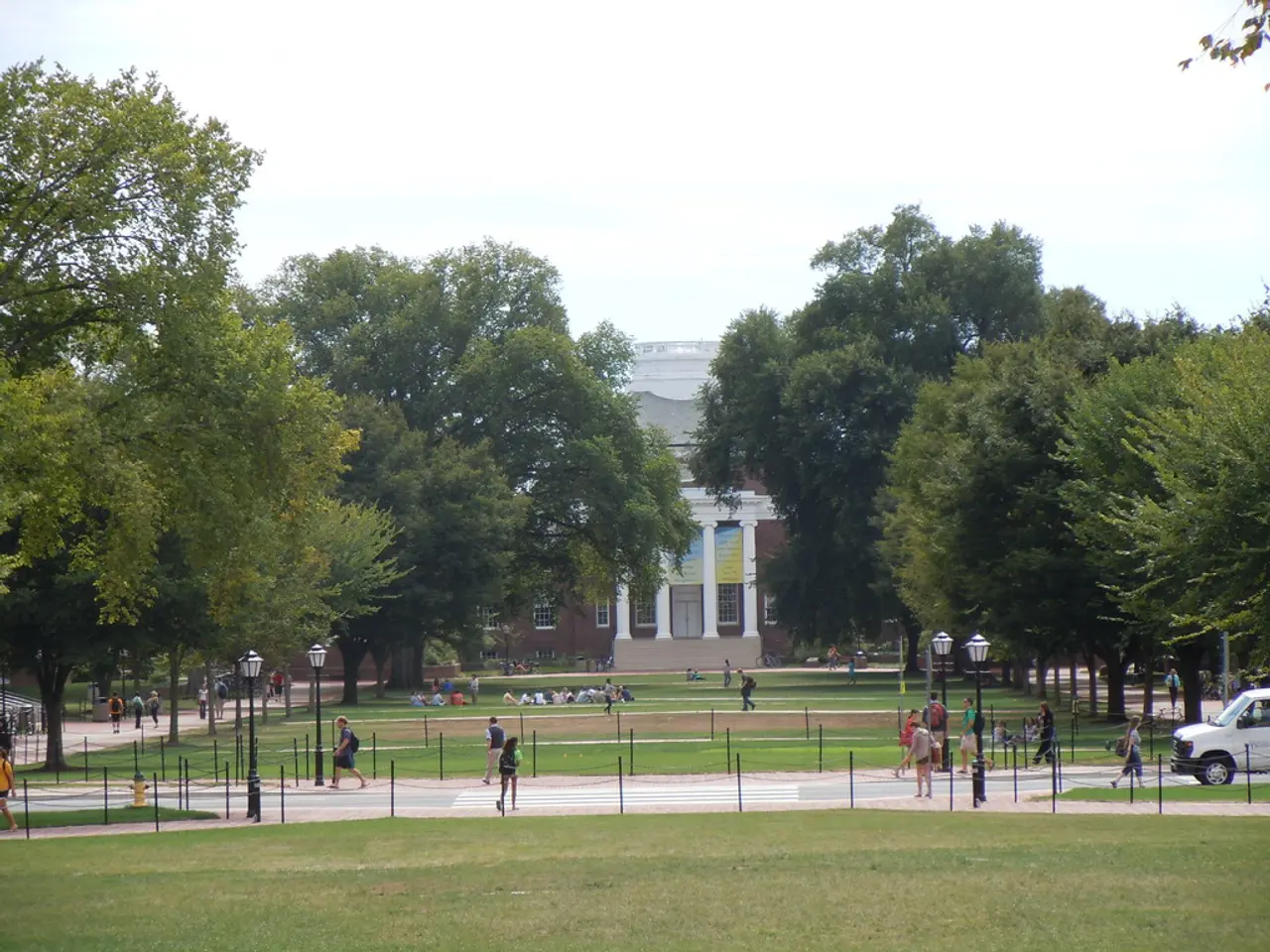University admissions seeing surge from Southeast Asian students
In a strategic move to broaden their international student population, European universities are implementing targeted strategies to attract more students from Southeast Asia. This shift comes in response to the rising global demand for Southeast Asian students and the evolving preferences of international students.
Taiwan, Australia, Japan, South Korea, and several other countries in the region are also making efforts to attract more Southeast Asian students to address labor shortages in key industries and bolster their educational sectors.
European universities are leveraging partnerships with local agents and educational organizations to streamline recruitment efforts. These partnerships offer benefits such as IELTS-free and interview-free application options, visa support, and financial assistance like loan and fee payment support.
Advanced admissions technology platforms, such as DreamApply, are being utilised to engage prospective students on their preferred platforms, providing a seamless application process and increasing enrollment rates.
Programs in high-demand fields, such as STEM, healthcare, business, AI/data science, IT, design, and creative industries, are being promoted to match the preferences of Southeast Asian students. Tailored communication and recruitment journeys are also being employed to convert interest into applications effectively.
European universities are focusing more on Southeast Asia as a growth corridor, particularly in countries like the Philippines, Indonesia, and Vietnam, where student outbound mobility is rising. Centralised support services, including visa and statement of purpose assistance, and localised marketing campaigns are being offered to address regional challenges and enhance accessibility for Southeast Asian applicants.
These efforts are being made amidst a backdrop of increasing global competition. European universities are keen to tap into the considerable untapped potential in Southeast Asia.
Meanwhile, the political landscape in the United States may present opportunities for European institutions due to a more restrictive approach to academic funding and student mobility by the Trump administration.
In other developments, the German Embassy in Hanoi recently funded a "career truck" to promote study opportunities in Germany. However, only a small proportion of the 1.66 million international students currently enrolled at universities across the EU are Southeast Asian. European governments could review their visa and long-term stay requirements for Southeast Asian citizens and simplify the procedure.
Norway has taken steps to increase enrollment by relaxing its Norwegian language requirements for university admission, simplifying employment pathways for international PhD candidates, and adjusting tuition fees for foreign students.
However, challenges remain. Many Burmese students face difficulties accessing EU funds and grants due to complex visa and residency documentation. The White House's reported slashing of Fulbright grants, cutting funding from universities like Columbia and Johns Hopkins, and revoking tens of thousands of international student visas, although official numbers remain unconfirmed, have further complicated matters.
Despite these challenges, efforts are being made to support Southeast Asian students. For example, Kristina Kironska, of Palacky University Olomouc in the Czech Republic, has helped secure prestigious fellowships for Burmese students fleeing the military junta in Myanmar.
In a significant move, French President Emmanuel Macron gave a keynote speech at the University of Science and Technology in Hanoi during a state visit. Gerstl from the Central European Institute of Asian Studies stated that providing more funding for mobility exchanges and scholarships, particularly for PhD students, is essential to attract more students from Southeast Asia.
These initiatives underscore the commitment of European universities to attract more students from Southeast Asia and broaden their international student diversity beyond traditional markets like the USA and UK.
Read also:
- Digital Data Protection Act of India, 2023: Crucial Points and Comparisons with GDPR
- What constitutes Organizational Leadership? Cultivating Capabilities Essential for Successful Leadership in an Organization
- Experienced Soldier Shares Lessons Acquired From Three Platoon Leadership Roles Within the Army
- Delving into the strange competition to lock away Earth's nuclear vaults





